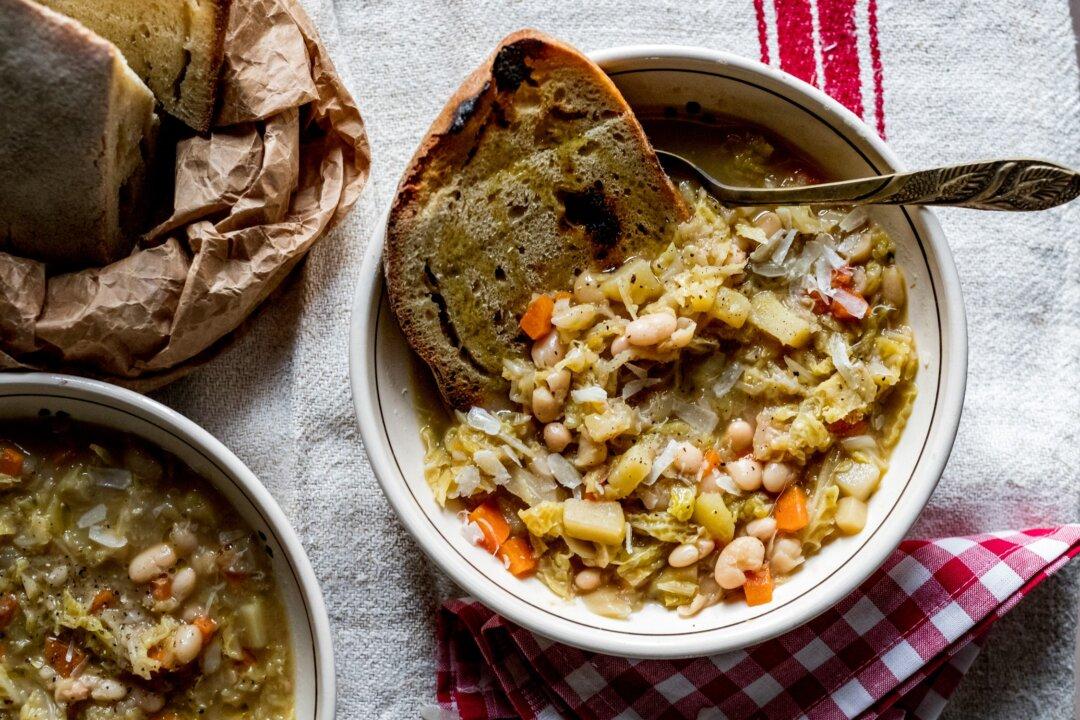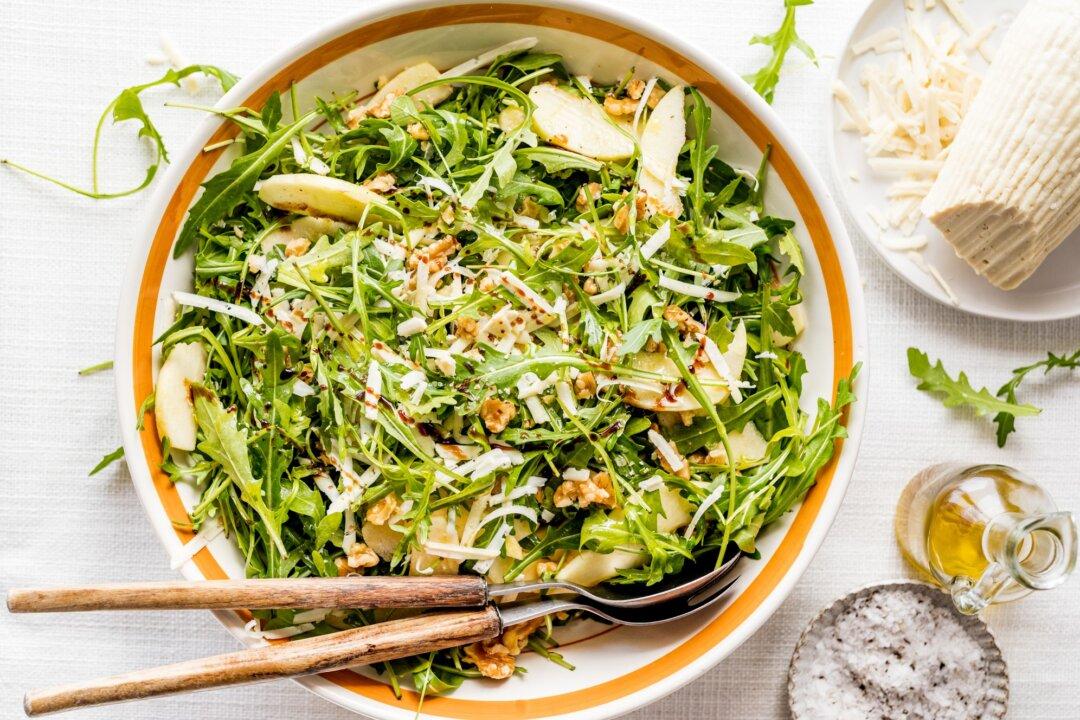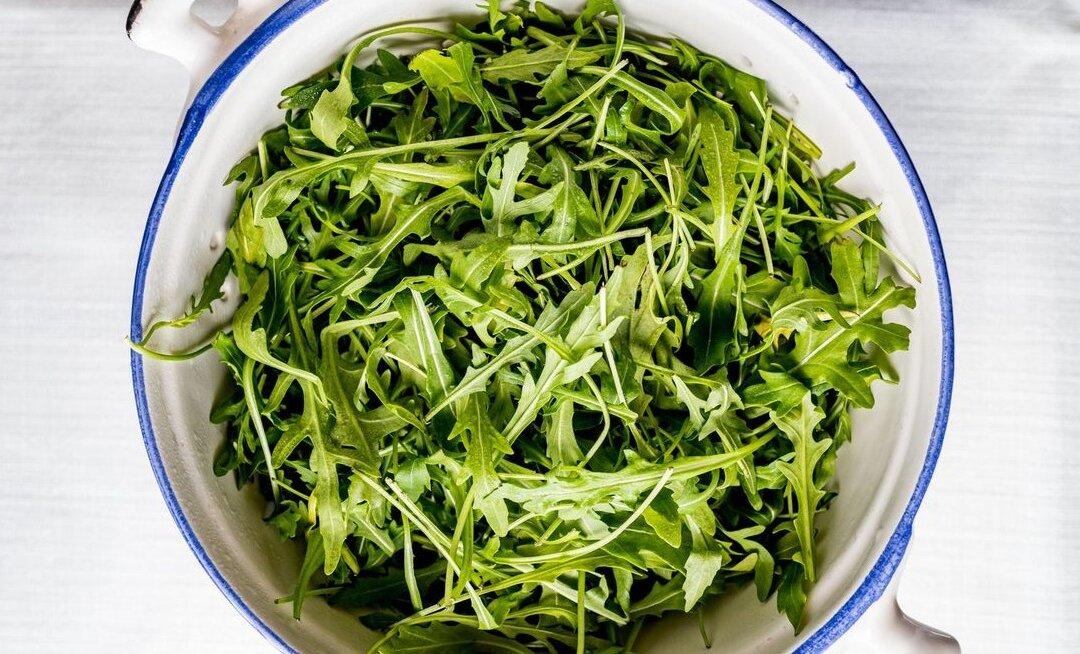My approach to cooking with vegetables radically changed about two years ago, during the first lockdown of the pandemic in Italy. At that time, I was three months pregnant, living next door to my parents and grandmother in the open countryside, with a job that I could already do from home. Except for not seeing friends and relatives, the only thing that changed was how we would shop. My husband Tommaso would organize weekly visits to the supermarket, shopping for the extended family, and I would take care of the fresh fruits and vegetables.
Because of the government restrictions that halted open markets for a while, our friends, who usually had a stall at the local market, started to deliver weekly produce boxes to their customers. I would draw up long lists of requests dictated by an urgency to stock the pantry and fridge with fresh produce, not knowing how the situation would evolve, and by my cravings for bitter leaves and citrus fruit.




